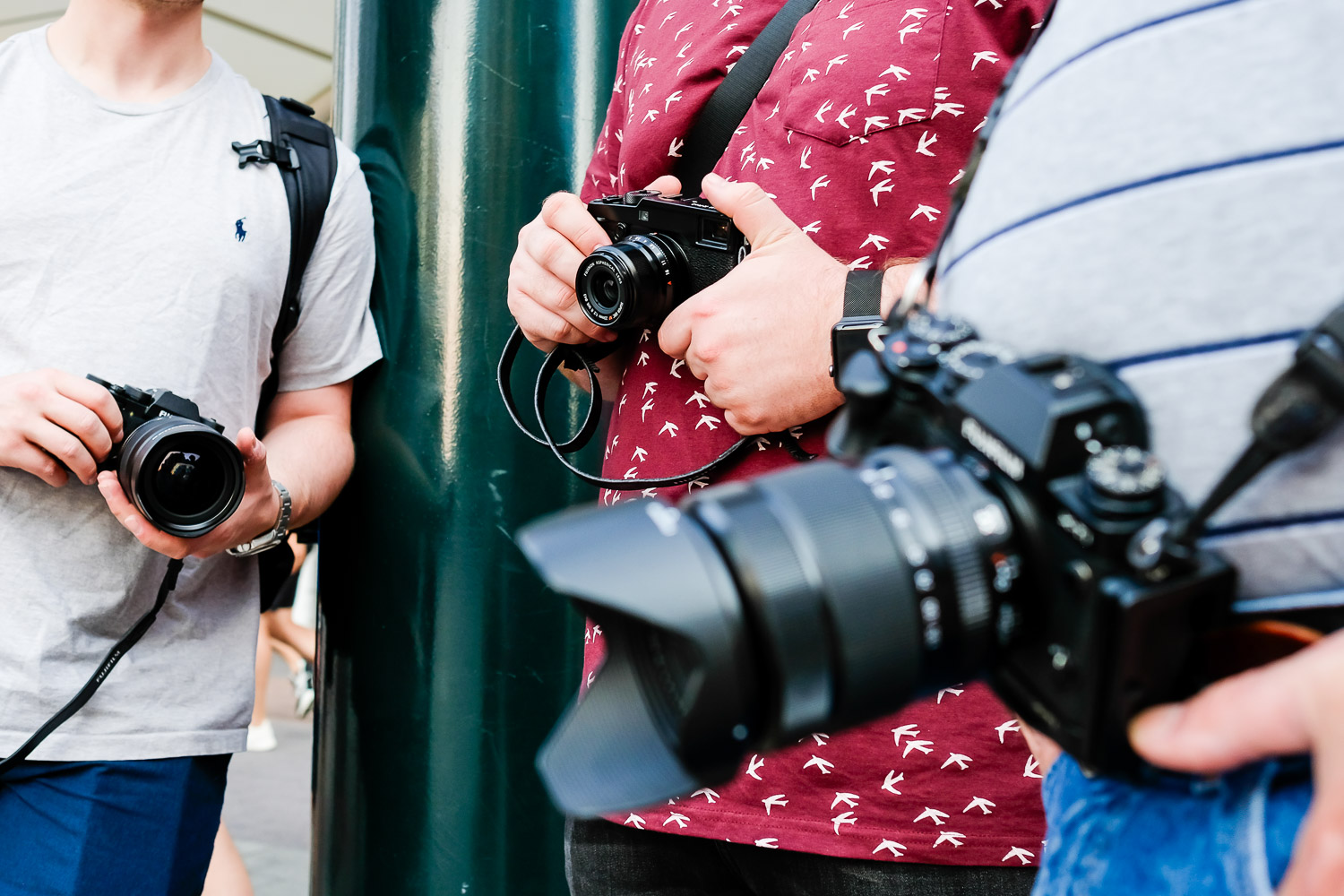How to Connect a DSLR Camera to Your MacBook Pro: An Exclusive Guide
For professional photographers, knowing how to connect a DSLR camera to a MacBook Pro is essential. Whether you need to transfer high-resolution images or use the camera as a webcam for live streaming, this guide offers a detailed walkthrough to ensure a seamless connection.

Why Connect Your DSLR to a MacBook Pro?
Connecting a DSLR camera to your MacBook Pro offers numerous advantages. First, it enables quick and easy transfer of high-quality images, allowing for immediate editing and storage. Moreover, using your DSLR camera as a webcam for live streaming or virtual meetings can significantly enhance video quality. Lastly, adding this capability to your toolkit can open up new opportunities for professional assignments and creative projects.

Initial Preparations
Check Compatibility
Before diving into how to connect your DSLR camera to a MacBook Pro, its crucial to ensure that your camera is compatible with your MacBook. Most modern DSLRs from Canon, Nikon, and Sony have built-in support for macOS, but checking the compatibility details on the manufacturers website is always a good idea. Here's a quick link to complete beginner's guide to a DSLR.
Gather Necessary Equipment
Make sure you have the following items ready before starting the connection process:
- DSLR Camera (e.g., Canon, Nikon, Sony)
- MacBook Pro
- USB cable or HDMI cable
- Memory card reader (if transferring images)
- Software such as EOS Utility or Nikon Transfer 2

Connecting via USB
Step-by-Step Process
Connecting your DSLR to your MacBook Pro using a USB cable is one of the most straightforward methods. Follow these steps:
Install Required Software
Many DSLR cameras require specific software to communicate with your MacBook Pro. For Canon cameras, download and install the EOS Utility software. Nikon users can use Nikon Transfer 2. Sony users generally dont need additional software but should ensure their camera is updated with the latest firmware.
Connect the Camera
Use the USB cable to connect your DSLR camera to your MacBook Pro. Ensure the camera is turned on, and set it to the appropriate mode (often referred to as PC Mode or USB Mode).

Connecting via HDMI
Why Use HDMI?
Connecting via HDMI can be particularly useful for live streaming or using your DSLR as a webcam. HDMI provides superior video quality compared to USB connections.
Requirements
For an HDMI connection, you will need:
- HDMI cable
- HDMI capture card
Step-by-Step Process
Follow these steps to connect your DSLR to your MacBook Pro via HDMI:
Connect the HDMI Cable
Plug one end of the HDMI cable into the HDMI port on your DSLR camera. Connect the other end to the HDMI capture card.
Set Up the Capture Card
Connect the capture card to your MacBook Pro using a USB port. Open your preferred live streaming or video conferencing software and select the capture card as your video source.
Troubleshooting Tips
Software Issues
If your DSLR camera is not being recognized by your MacBook Pro, try the following:
- Ensure all software and firmware are up to date.
- Restart both your MacBook and DSLR camera.
- Try using a different USB port or cable.
- Refer to the manufacturers support page for troubleshooting tips.
Hardware Issues
If you are facing hardware issues, consider:
- Checking the integrity of your cables and ports.
- Using a different memory card reader or HDMI capture card.
- Contacting customer support for your DSLR or MacBook Pro for further assistance.
FAQs
Can I connect my DSLR to my MacBook Pro wirelessly?
Yes, many modern DSLR cameras support wireless connectivity. You may need to install the manufacturers software to enable wireless transfer.
Do I need special software to connect my DSLR to my MacBook Pro?
Typically, yes. Canon users will need EOS Utility, Nikon users need Nikon Transfer 2, and Sony cameras generally work without additional software.
What if my MacBook Pro doesnt recognize my DSLR?
Check the software, firmware, and connection cables. If the issue persists, consult the cameras manual or customer support.
For more insights on DSLR cameras, visit Complete Beginners guide to a DSLR
As an Amazon Associate, I earn from qualifying purchases.

